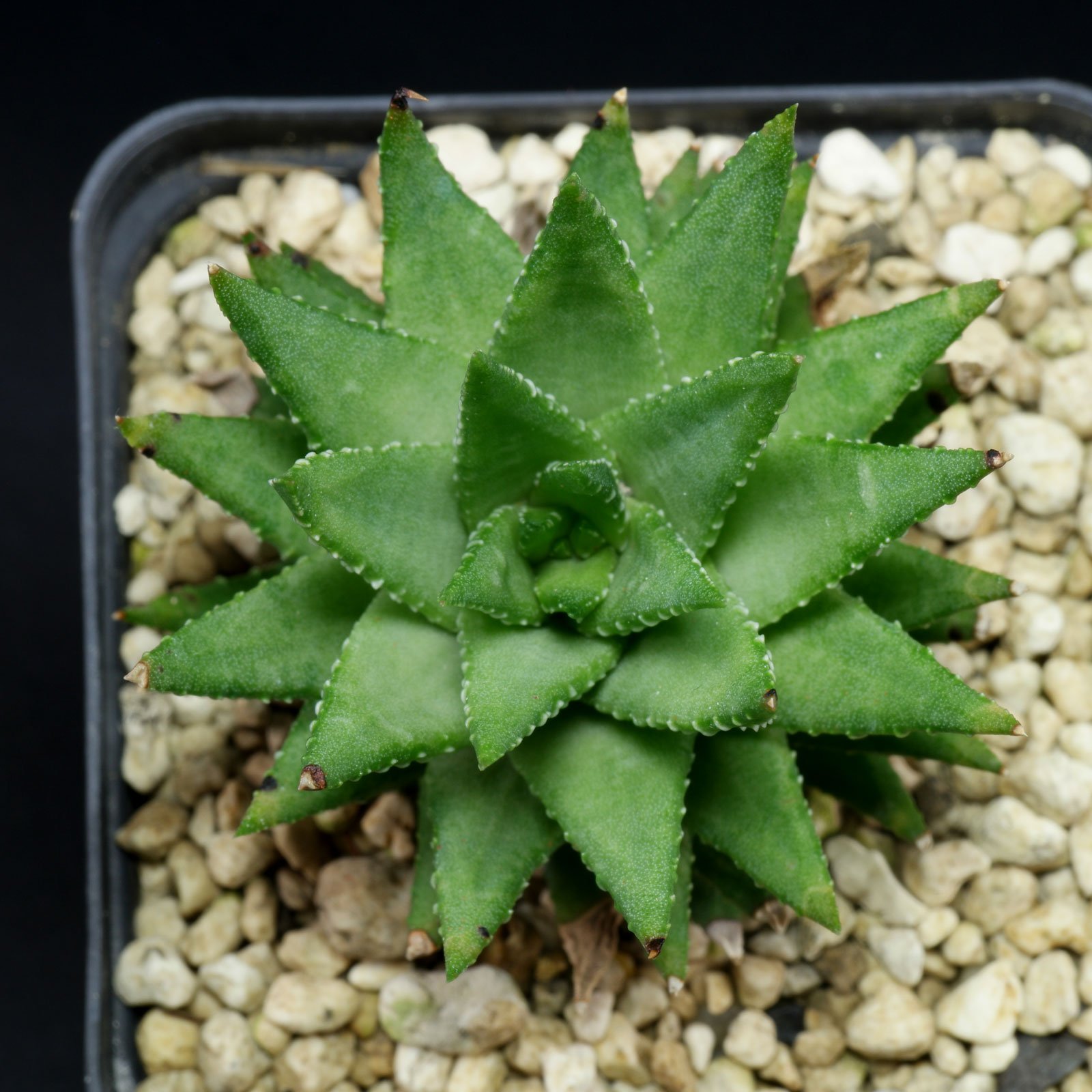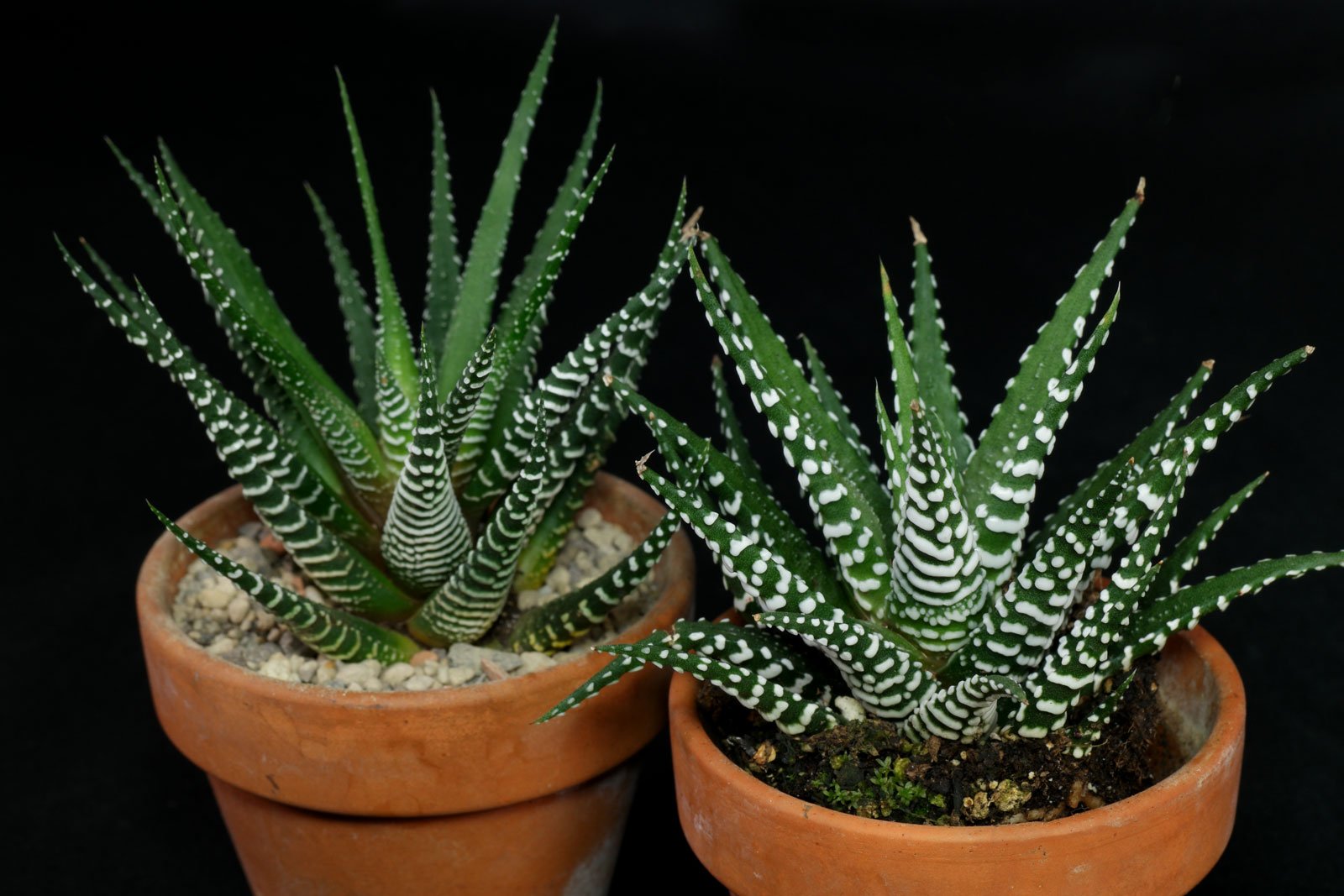Zebra Haworthia

Care
Lighting
Bright to sunny such as semi-shade locations are ideal, preferably with morning, evening and winter sun. The hot summer sun is tolerated after getting used to it, but is not necessary to grow the Zebra Haworthia. In the wild, this plant can be found under bushes or between tall grasses.

Soil
Haworthiopsis attenuata can be grown in standard succulent mixes or pure pumice. It also grows well in pure pumice gravel.
If you have a tendency to over water, it is better to use a permeable mix with at least 50 % mineral content such as pumice gravel.

Watering
Haworthiopsis attenuata does not tolerate wet feet. The soil must be allowed to dry between waterings.
During the growing season, from spring to autumn, it can be deep watered. With the exception of the hot summer weeks from mid-July to mid-August with temperature above 30 °C (86 °F). Then and in winter it needs to be watered sparingly and sloppily.

Feeding
When in active growth (from spring to fall with exception of the hot summer weeks) with standard or organic liquid fertilizer (every 4th to 8th week).
New bought or recently repotted plants don’t need to be fed for the first year.


Temperature
The Zebra Haworthia can be grown warm the year round. A temperate winter rest period at 10 to 15 °C (50 to 59 °F) will be tolerated. Minimum temperature is 5 °C (41 °F).
Propagation
The propagation by breaking off side shoots is quite simple. It is also possible to grow the Haworthiopsis attenuata from seeds.
Profile
Scientific name
Haworthiopsis attenuata (syn. Haworthia attenuata)
Common name(s)
Zebra Haworthia, Zebra Plant
Family
Xanthorrhoeaceae, Asphodeloideae subfamily
Origin
South Africa
Height
5 to 10 cm
Toxic
No but not edible
Haworthiopsis (Haworthia) fasciata

The plants offered in garden centres and nurseries as Haworthiopsis (Haworthia) fasciata are mostly Haworthiopsis attenuata. The plant care for both species is the same.
H. attenuata has tuberculate upper leaf faces and those of H. fasciata it are smooth. Another difference is that the leaves of H. fasciata are fibrous.


 Aloe “Vito”
Aloe “Vito” Gonialoe variegata
Gonialoe variegata Haworthia cooperi
Haworthia cooperi